Home>Construction & Tools>Building Materials>What Is Brick And Block Construction
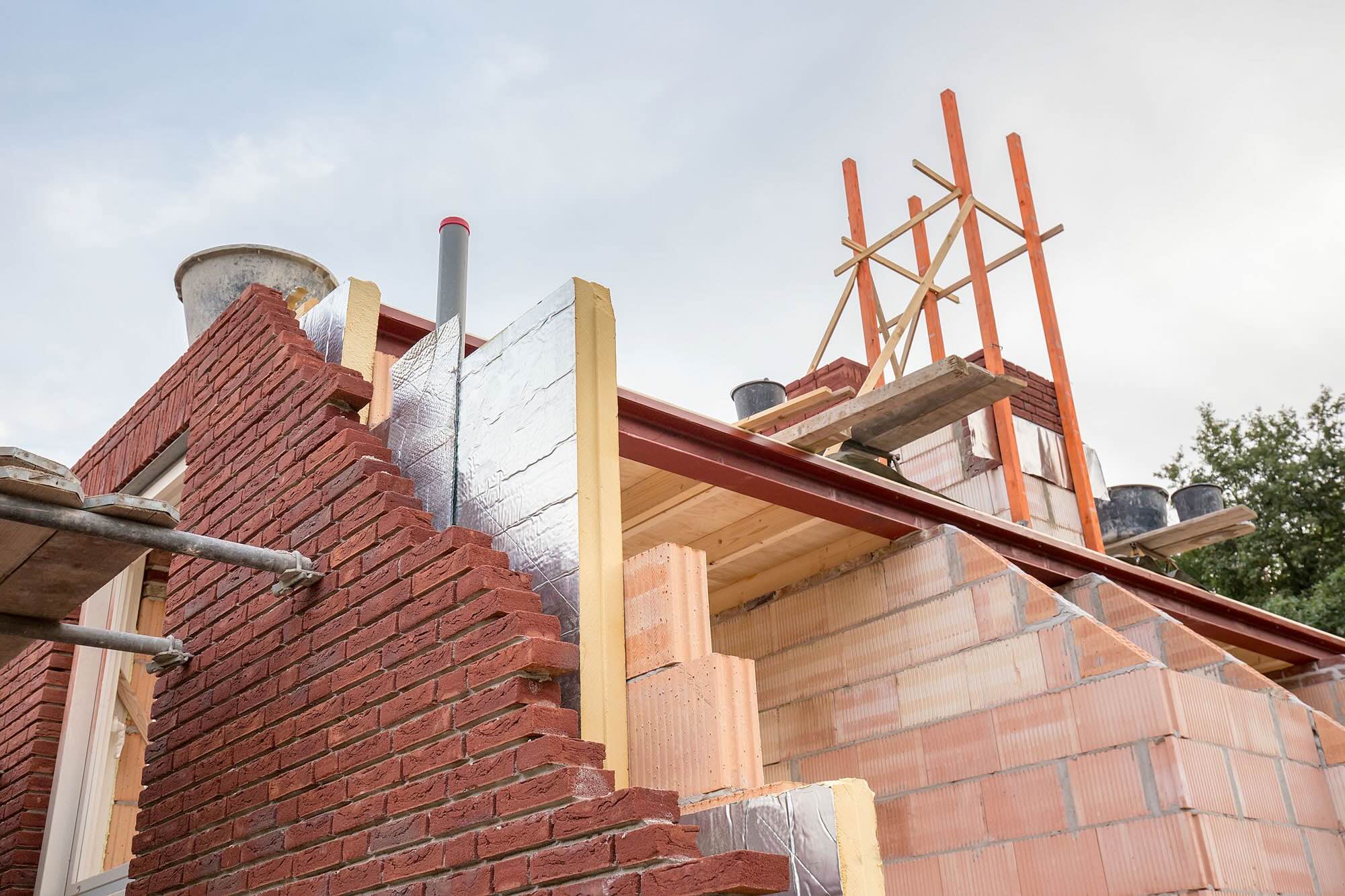

Building Materials
What Is Brick And Block Construction
Modified: September 1, 2024
Learn about the benefits and uses of brick and block construction as essential building materials. Discover their durability and versatility in construction projects.
(Many of the links in this article redirect to a specific reviewed product. Your purchase of these products through affiliate links helps to generate commission for Storables.com, at no extra cost. Learn more)
Introduction
Welcome to the world of construction, where the building blocks of civilization come together to form the structures we live, work, and play in. One of the most enduring and time-honored methods of construction is through the use of bricks and blocks. These humble yet essential components have been integral to the development of human civilization, standing as a testament to both our ingenuity and our commitment to creating lasting, reliable structures.
In this article, we will delve into the intricacies of brick and block construction, exploring the advantages, disadvantages, and common uses of these materials. By the end, you will have a comprehensive understanding of the role that bricks and blocks play in the construction industry, as well as the reasons behind their enduring popularity.
Key Takeaways:
- Bricks and blocks are durable, low-maintenance, and energy-efficient building materials that offer endless design possibilities, making them a reliable choice for creating long-lasting and visually appealing structures.
- While brick and block construction may have initial cost and installation challenges, their adaptability and widespread use across residential, commercial, and historical contexts showcase their enduring appeal and reliability in the construction industry.
Read more: What Is Foam Block Construction
Understanding Brick and Block Construction
Brick and block construction, also known as masonry construction, involves the use of individual bricks or concrete blocks to create durable, load-bearing structures. Bricks, typically made from clay, shale, or other natural materials, have been utilized in construction for thousands of years. Their versatility and resilience make them a popular choice for a wide range of building projects.
Concrete blocks, on the other hand, are a more recent addition to the construction landscape. Composed of cement, aggregate, and water, these blocks offer strength and stability, often serving as the foundation for buildings and walls. Both bricks and blocks can be used in various configurations, including running bond, stack bond, and herringbone patterns, allowing for flexibility in design and structural integrity.
One of the key elements of brick and block construction is mortar, a mixture of cement, sand, and water that binds the individual units together. The skillful application of mortar is essential to creating a solid, secure structure, and masons employ precise techniques to ensure the integrity of the finished product.
Furthermore, the thermal mass of brick and block construction provides excellent insulation, helping to regulate indoor temperatures and reduce energy consumption. This inherent energy efficiency makes these materials a sustainable choice for environmentally conscious builders and homeowners.
Understanding the fundamentals of brick and block construction is crucial for appreciating the enduring appeal and practicality of these building materials. From their historical significance to their modern applications, bricks and blocks continue to shape the built environment in profound ways, standing as a testament to the timeless artistry and engineering prowess of masonry construction.
Advantages of Brick and Block Construction
Brick and block construction offers a multitude of advantages that contribute to its enduring popularity in the building industry. These benefits encompass both practical and aesthetic aspects, making bricks and blocks a versatile and reliable choice for a wide range of construction projects.
- Durability: Bricks and concrete blocks are renowned for their exceptional durability, withstanding the test of time and environmental elements. Their resistance to fire, moisture, and pests ensures that structures built with these materials maintain their integrity over the long term.
- Low Maintenance: Once constructed, brick and block buildings require minimal maintenance, reducing long-term upkeep costs and preserving their visual appeal. The inherent strength and stability of these materials contribute to their low-maintenance nature, providing peace of mind to property owners.
- Energy Efficiency: The thermal mass properties of bricks and blocks contribute to excellent insulation, regulating indoor temperatures and reducing reliance on heating and cooling systems. This energy efficiency not only enhances comfort but also lowers utility expenses, making brick and block construction a sustainable choice.
- Aesthetic Versatility: Bricks and blocks come in a diverse array of colors, textures, and patterns, allowing for endless design possibilities. Whether creating a rustic, traditional facade or a modern, sleek structure, the aesthetic versatility of these materials enables architects and builders to bring their creative visions to life.
- Sound Insulation: The density of bricks and blocks provides effective sound insulation, creating quieter indoor environments and enhancing occupant comfort. This acoustic benefit is particularly advantageous in urban settings or high-traffic areas, where noise reduction is essential.
- Sustainability: With a focus on sustainable construction practices, bricks and blocks offer eco-friendly attributes, as they are composed of natural materials and can be recycled. Their longevity and energy-efficient properties further contribute to a reduced environmental impact, aligning with green building standards.
These advantages collectively position brick and block construction as a reliable, resilient, and aesthetically pleasing choice for diverse building projects, from residential homes to commercial structures. The enduring appeal of these materials lies in their ability to seamlessly blend practicality with timeless charm, creating enduring structures that stand as testaments to human ingenuity and craftsmanship.
When building with brick and block construction, make sure to use mortar that is specifically designed for this type of material. Using the right mortar will ensure a strong and durable structure.
Disadvantages of Brick and Block Construction
While brick and block construction offers numerous advantages, it is essential to consider the potential drawbacks associated with these materials. Understanding the limitations can aid in making informed decisions regarding their use in construction projects and ensuring that the chosen materials align with the specific requirements of the build.
- Cost: The initial cost of brick and block construction can be higher than alternative building materials, impacting the overall project budget. Additionally, specialized labor and skills are often required for proper installation, contributing to the overall expense.
- Weight: Bricks and concrete blocks are heavy materials, necessitating robust structural support and potentially impacting foundation design. The weight of these materials can also influence transportation and handling logistics, adding complexity to the construction process.
- Time-Intensive Installation: The precise installation of bricks and blocks, particularly in intricate patterns or designs, can be time-consuming. This may lead to extended construction timelines, potentially affecting project schedules and deadlines.
- Design Limitations: While bricks and blocks offer aesthetic versatility, certain design concepts may pose challenges when using these materials. Complex architectural features or unconventional structural requirements may necessitate alternative construction methods to achieve the desired outcome.
- Maintenance Considerations: While brick and block buildings generally require minimal maintenance, issues such as efflorescence, mortar deterioration, and surface staining may require periodic attention and upkeep.
- Environmental Impact: The production and transportation of bricks and concrete blocks can have environmental implications, particularly in terms of energy consumption and carbon emissions. Additionally, the extraction of raw materials for these products may pose environmental concerns if not managed responsibly.
Recognizing the potential disadvantages of brick and block construction allows for informed decision-making and proactive planning to address these challenges effectively. By weighing these considerations alongside the benefits of these materials, builders and developers can make informed choices that align with the unique requirements and objectives of each construction project.
Common Uses of Brick and Block Construction
Brick and block construction finds diverse and widespread application across the built environment, owing to the versatility, durability, and aesthetic appeal of these materials. From timeless residential structures to iconic landmarks, the enduring presence of bricks and blocks is a testament to their adaptability and reliability in construction.
- Residential Buildings: One of the most common uses of brick and block construction is in residential buildings, including single-family homes, townhouses, and apartment complexes. The enduring charm and structural integrity of these materials make them an ideal choice for creating comfortable, long-lasting living spaces.
- Commercial Structures: Bricks and blocks are frequently employed in the construction of commercial buildings, such as offices, retail spaces, and mixed-use developments. Their durability and design flexibility enable the creation of visually striking and robust structures that stand the test of time.
- Industrial Facilities: The resilience of brick and block construction makes it suitable for industrial facilities, including warehouses, manufacturing plants, and storage structures. These materials offer the strength and stability required to support the operational demands of industrial environments.
- Institutional Buildings: Educational institutions, healthcare facilities, and government buildings often incorporate brick and block construction due to the materials’ durability, low maintenance requirements, and timeless aesthetic appeal. These structures exude a sense of permanence and reliability, aligning with the functions they serve.
- Landscaping and Hardscaping: Beyond traditional building construction, bricks and blocks are utilized in landscaping and hardscaping applications. From retaining walls and pathways to decorative features and outdoor living spaces, these materials add a touch of elegance and functionality to outdoor environments.
- Historical Restoration: Bricks and blocks play a vital role in the restoration and preservation of historical buildings and landmarks. Their ability to seamlessly blend with existing structures and mimic traditional construction methods makes them invaluable in maintaining the authenticity and integrity of historical architecture.
These varied applications underscore the adaptability and enduring appeal of brick and block construction, demonstrating their relevance across residential, commercial, industrial, and cultural contexts. By continuing to stand as pillars of strength and longevity, bricks and blocks leave an indelible mark on the built environment, shaping the landscapes we inhabit and cherish.
Read more: What Is A CAD Block
Conclusion
Brick and block construction stands as a timeless testament to the artistry, resilience, and practicality inherent in the built environment. From their historical significance to their modern applications, these materials continue to shape the landscape of human habitation, offering enduring advantages and inspiring awe through their lasting presence.
By understanding the nuances of brick and block construction, including their advantages, disadvantages, and common uses, we gain a comprehensive appreciation for their role in the construction industry. The durability, energy efficiency, and aesthetic versatility of these materials position them as enduring choices for a wide array of building projects, from residential dwellings to iconic landmarks.
While acknowledging the potential drawbacks associated with brick and block construction, such as cost and design limitations, it becomes evident that these considerations can be effectively managed through informed decision-making, proactive planning, and skilled execution. The inherent strength and timeless allure of bricks and blocks continue to captivate builders, architects, and occupants alike, fostering a sense of permanence and reliability in the structures they grace.
As we look to the future of construction, it is clear that the enduring appeal and practicality of brick and block construction will persist, standing as a testament to the enduring legacy of these humble yet indispensable building materials. Their ability to seamlessly blend tradition with innovation, practicality with aesthetics, and sustainability with resilience ensures that bricks and blocks will remain integral to the fabric of our built environment, shaping the spaces we inhabit for generations to come.
In embracing the enduring legacy and timeless allure of brick and block construction, we honor the craftsmanship and ingenuity that have shaped our built world, laying the foundation for enduring structures that stand as testaments to human creativity and the enduring spirit of construction.
Frequently Asked Questions about What Is Brick And Block Construction
Was this page helpful?
At Storables.com, we guarantee accurate and reliable information. Our content, validated by Expert Board Contributors, is crafted following stringent Editorial Policies. We're committed to providing you with well-researched, expert-backed insights for all your informational needs.
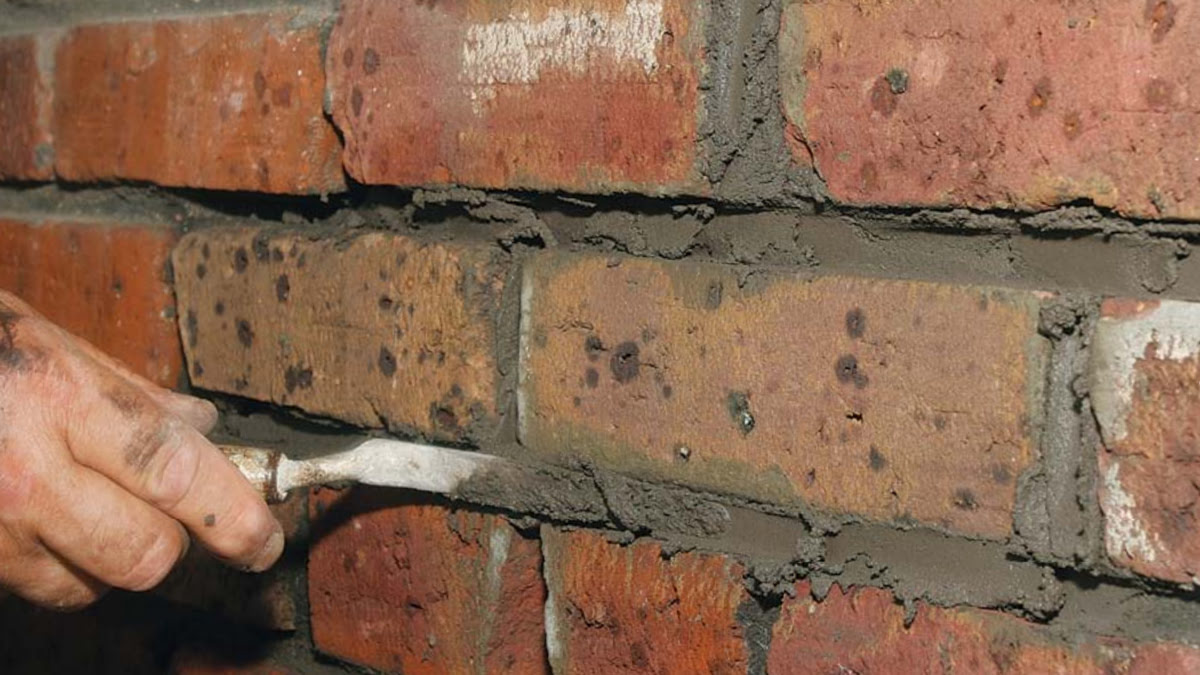

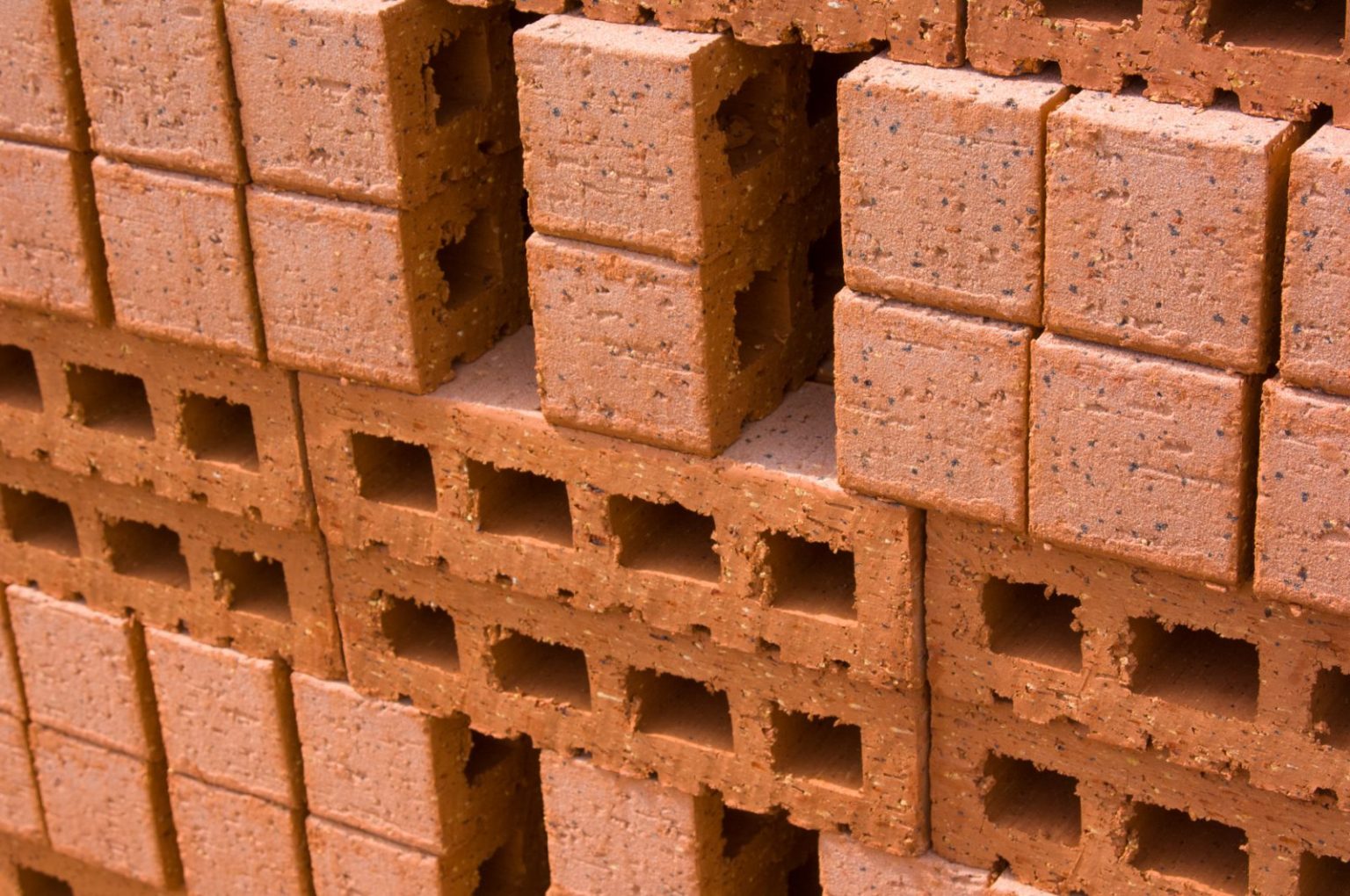
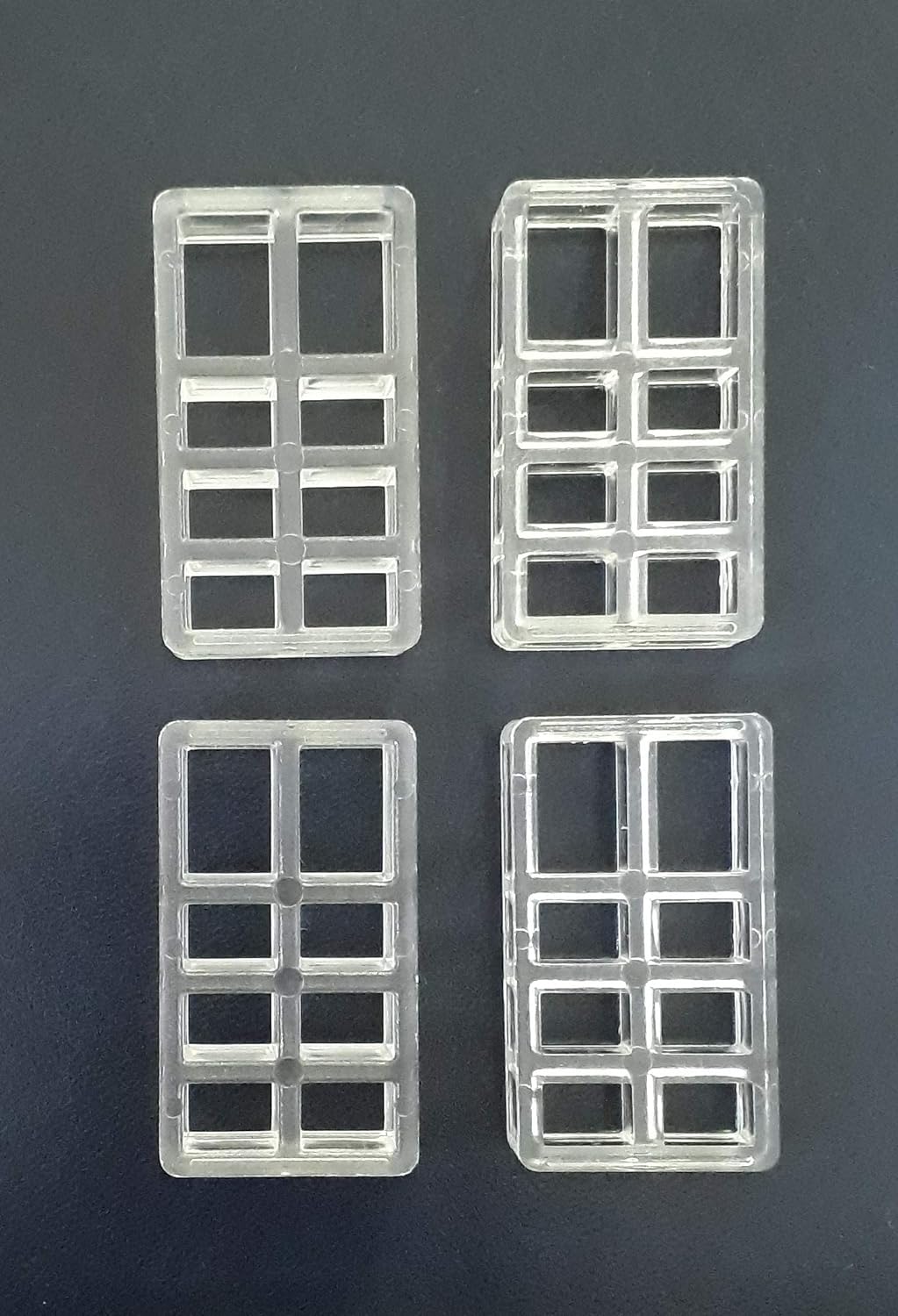
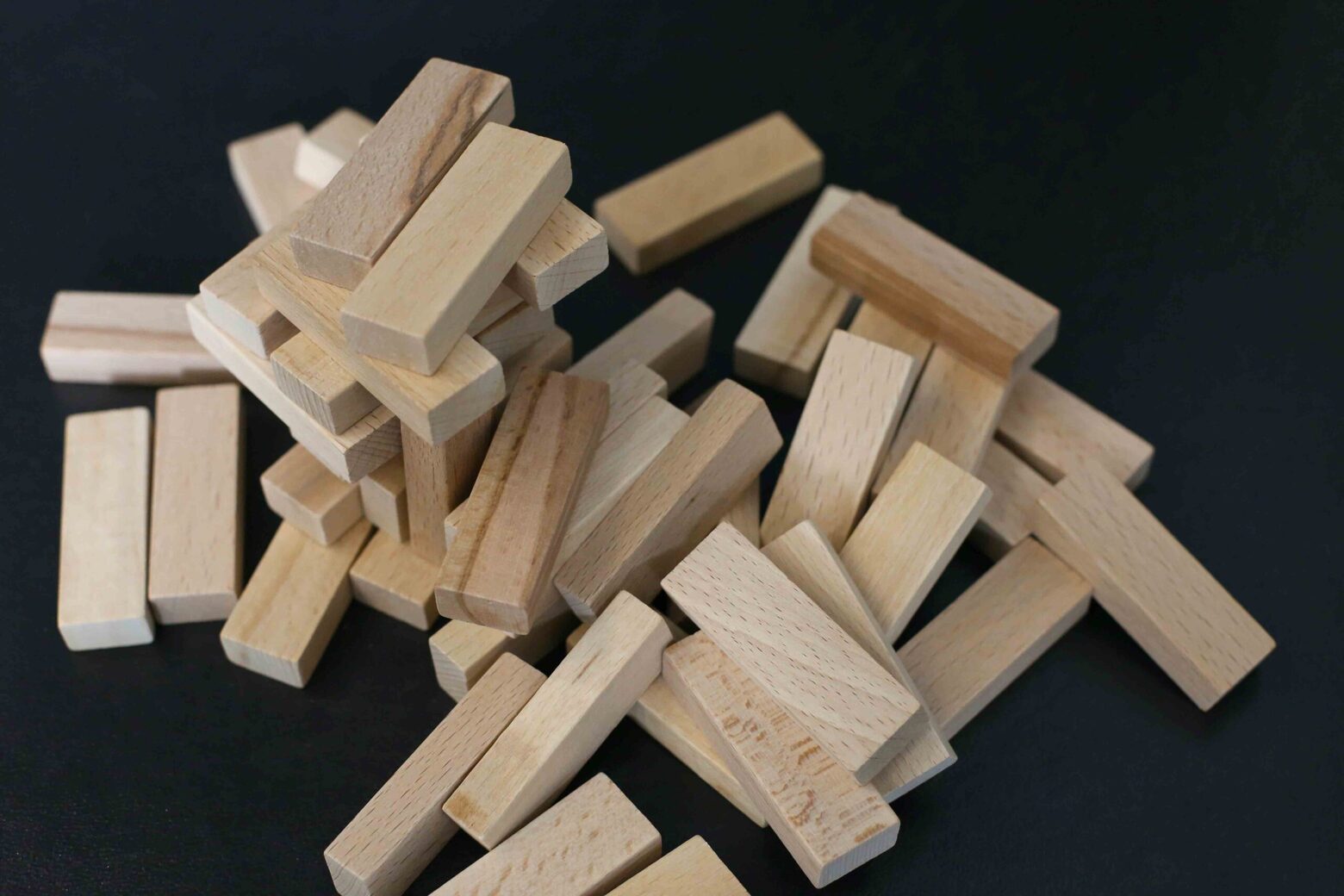
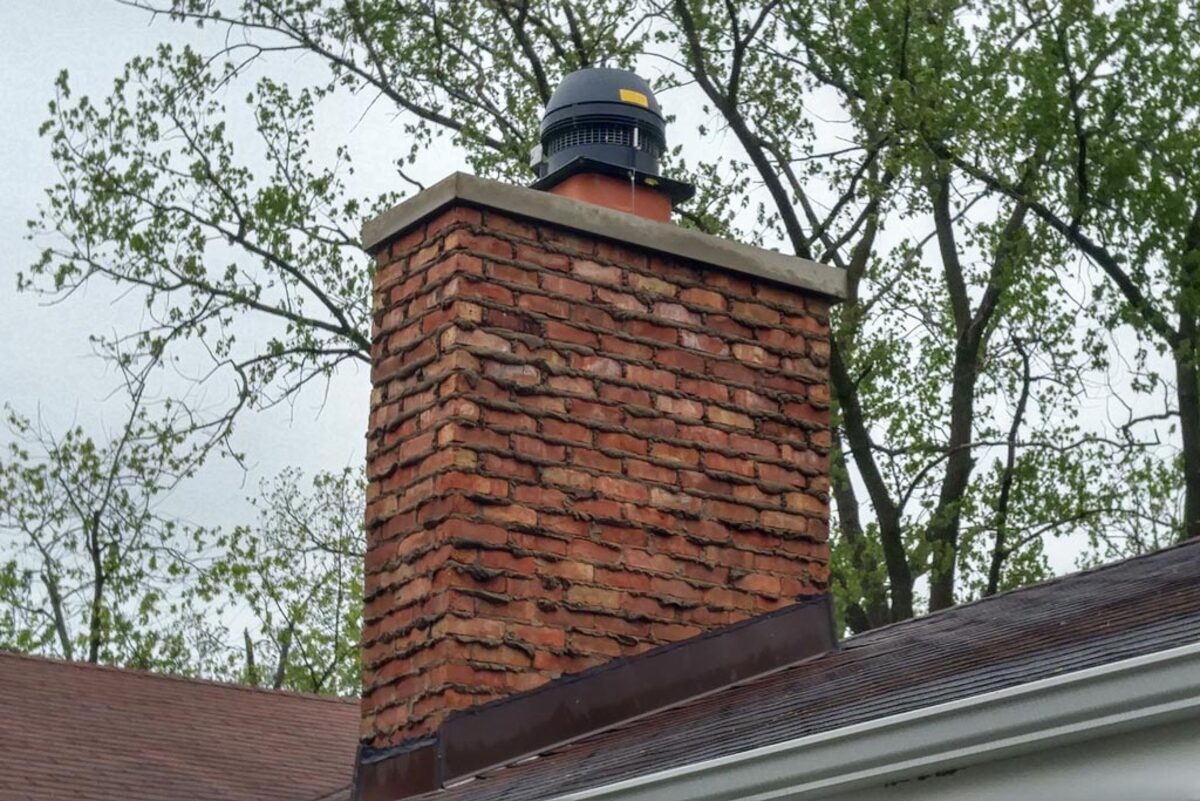
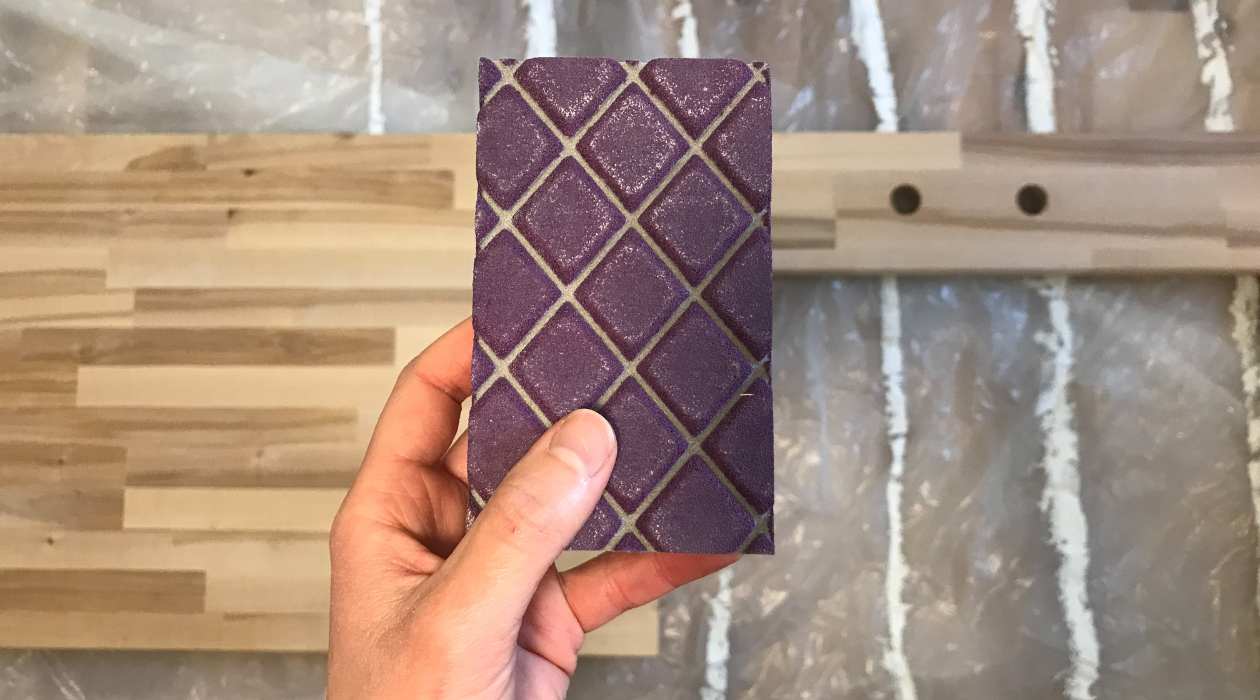
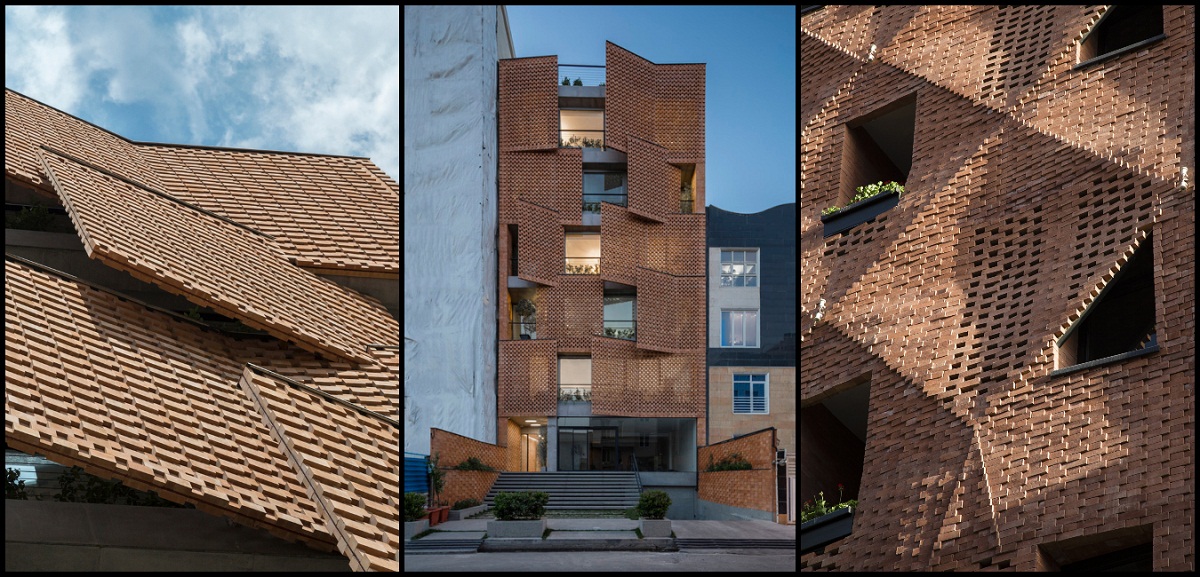
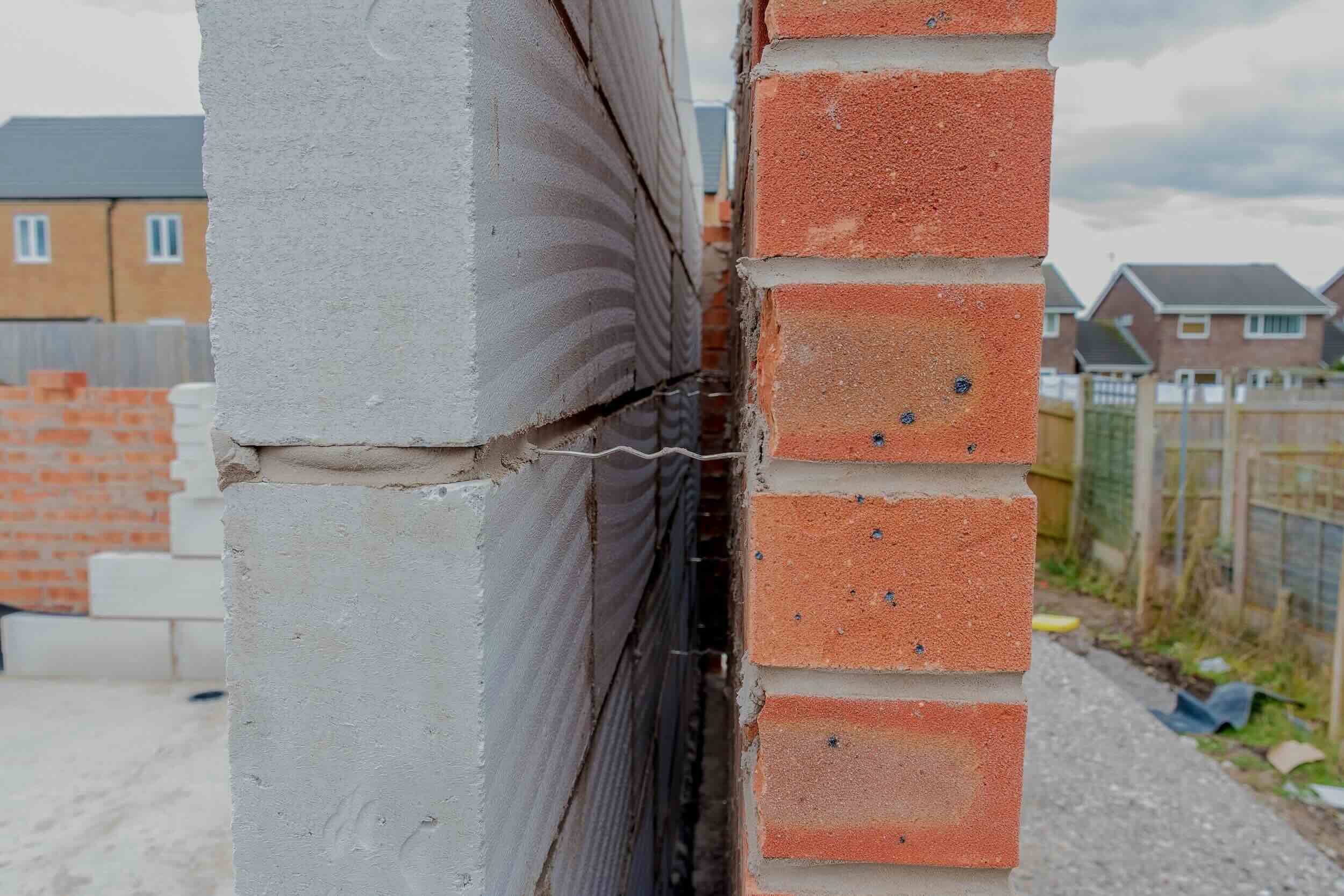
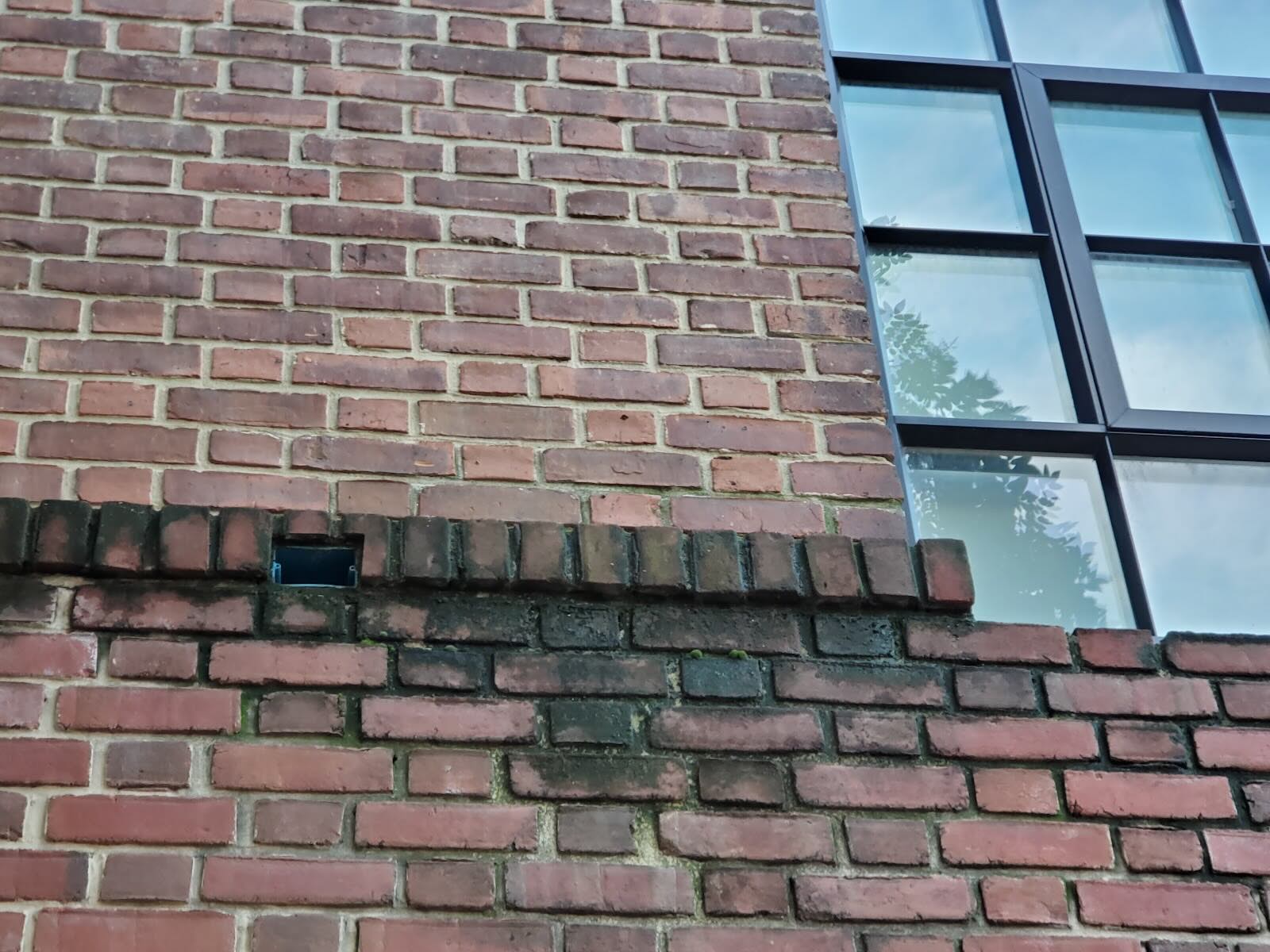
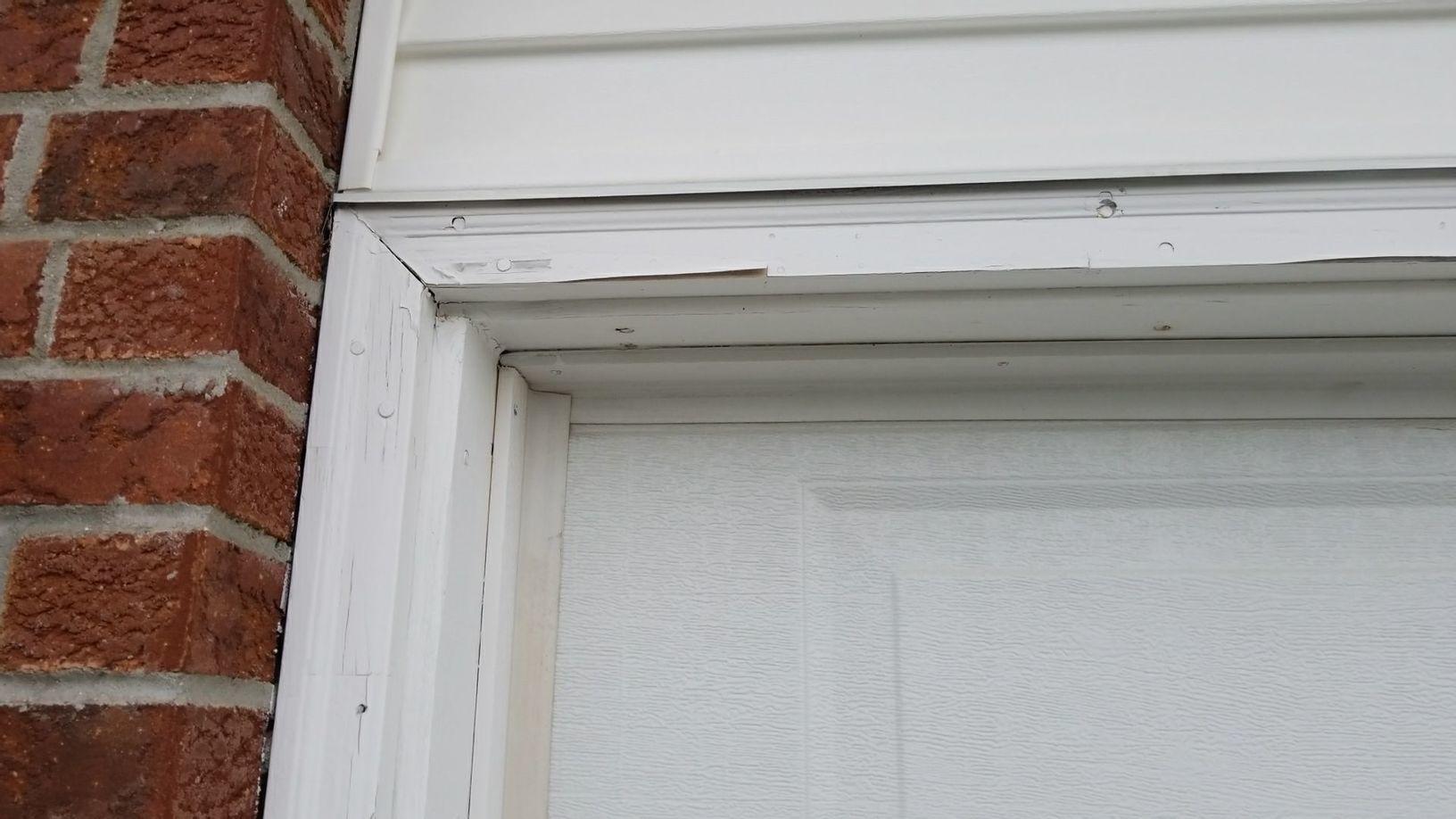
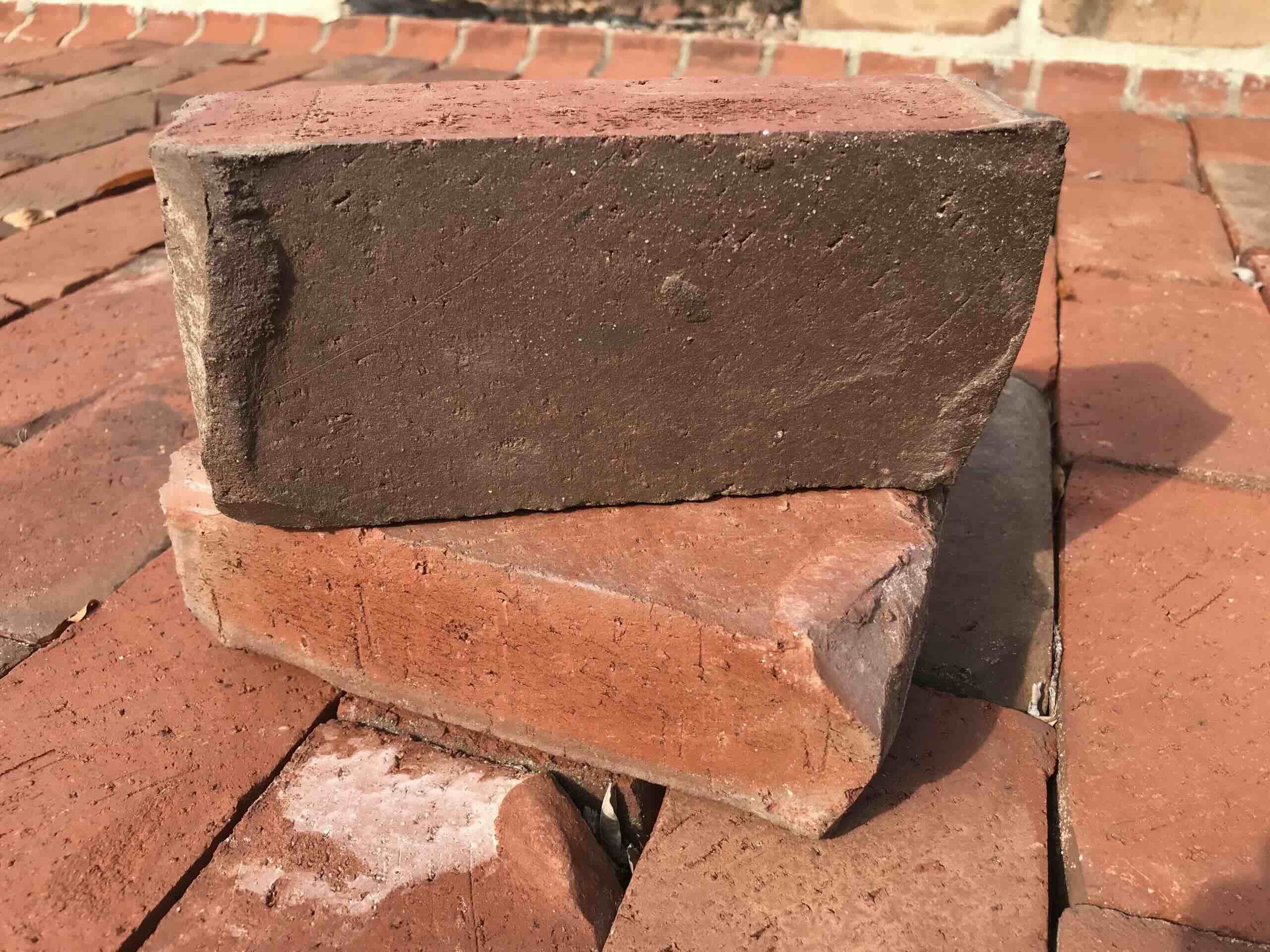
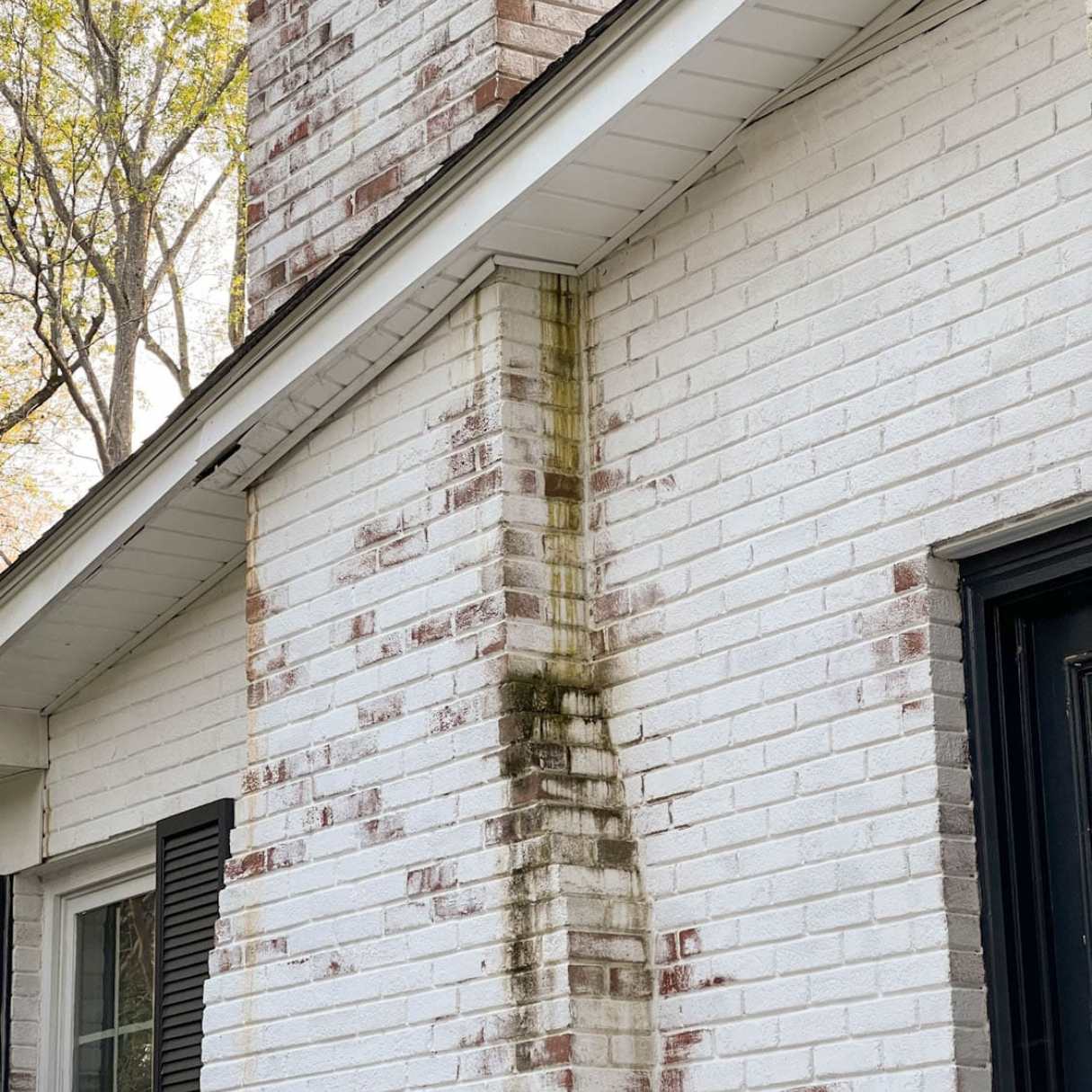
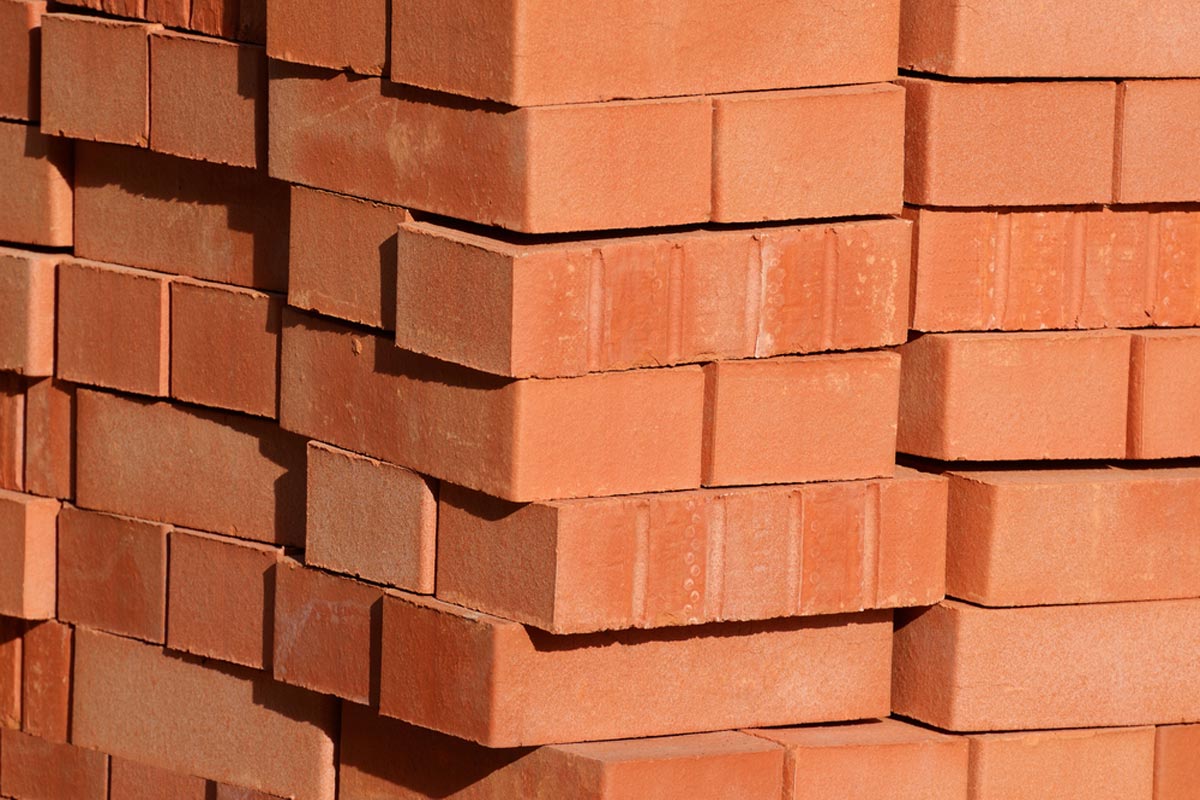

0 thoughts on “What Is Brick And Block Construction”